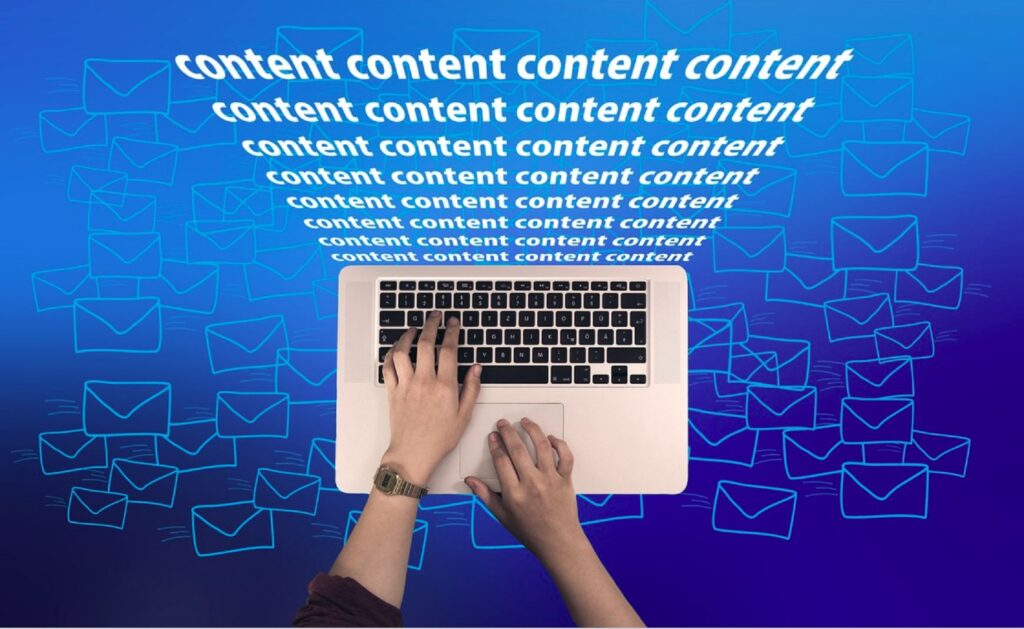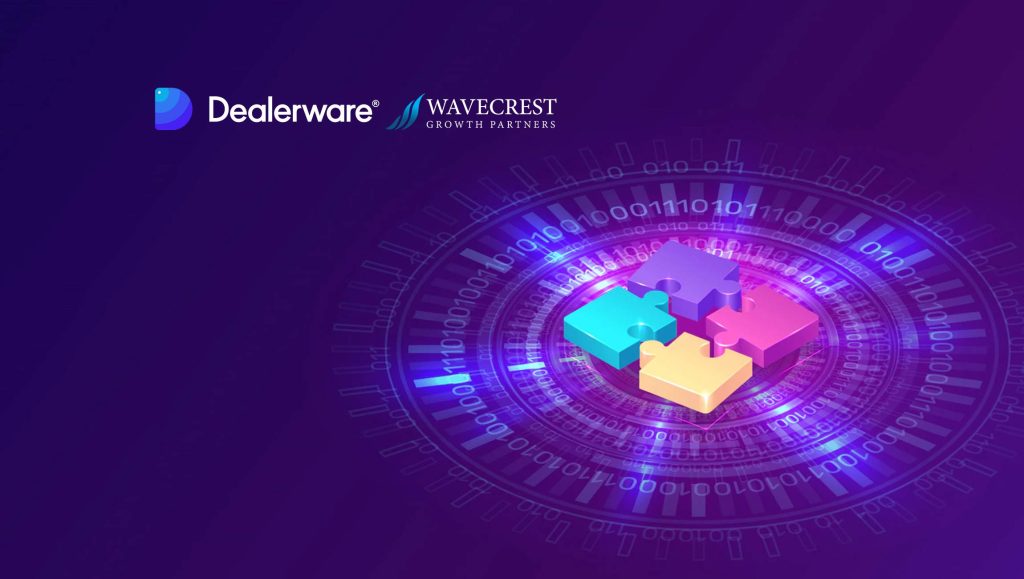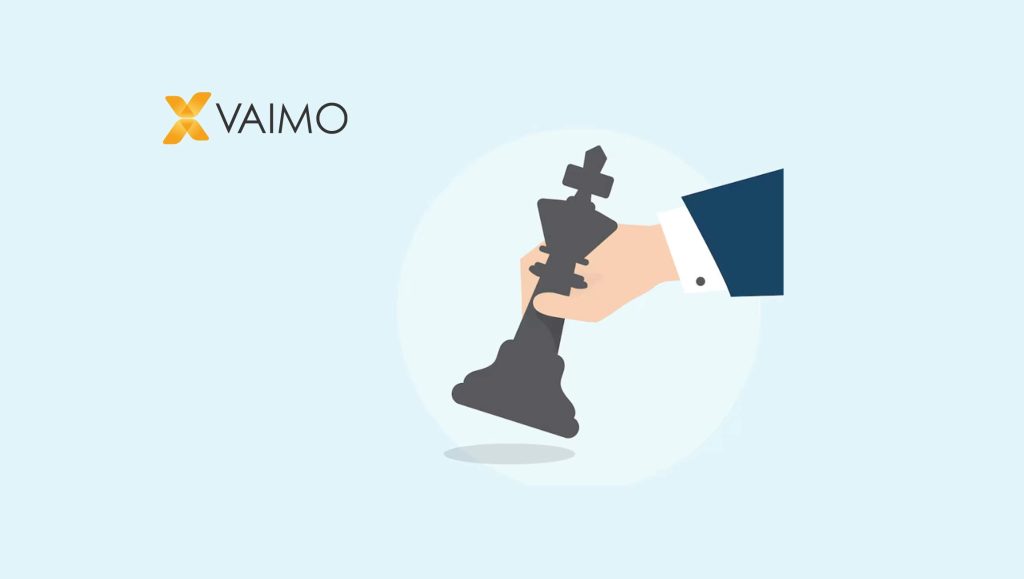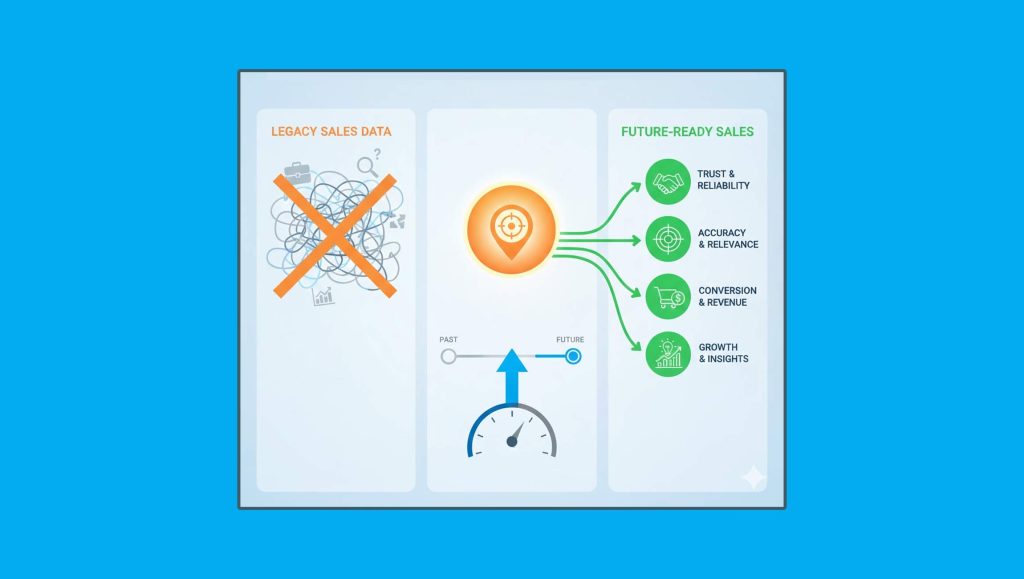
COVID-19 accelerated significant transformation within the B2B sales cycle. Without in-person meetings and the connections they engender, sales teams are now working overtime to ensure they’re still communicating that they understand customers’ needs and pain points, and how and why their solution is uniquely suited to solve them. The evolution has made clear the important role of content in the sales process and the potential it has. Designed well, it can power the process to a sale; designed poorly, it can kill a deal before conversations even start.
Read More: Qumulo Announces Native Support for Amazon Nimble Studio
FocusVision found in a recent survey that B2B buyers now read an average of 13 pieces of content before making a purchasing decision. Creating highly-engaging, personalized customer content using a variety of formats sets up your sales team to pitch, land, and keep customers. Smart content can help get the right messaging, via the right channel, to the right customer. Below are three ways it can help businesses meet the challenges of the modern B2B selling landscape and improve sales efficiency through better customer engagement.
Digitalization, content, and tech transformation
Many enterprises remain dependent on printed collateral. And sure, the longevity of sales brochures and their 100-year+ history speaks to their general usefulness. But the costs, in dollars and time, of relying on printed and static collateral can be significant. The cost of then re-printing material when product updates necessitate translates into wasted dollars on outdated material and the cost of getting new materials into reps hands. Additionally, with a briefcase full of brochures, answering spontaneous questions can be difficult, and reps can often spend a considerable amount of time and effort keeping visual aids and product information updated.
Switching to a digital, content-rich model offers a better, modern strategy for arming sales teams with dynamic tools designed to drive sales. Core product information can be continuously updated, while also offering sales reps the ability to customize content based on geography, product line, industry, and more. And digital content can be tailored to increase the overall efficiency and quality of sales conversations. Sales teams can decide instantly which targeted marketing material would most directly address the unique challenges of specific buyers and articulate the unique value of their solution. Effective sales teams know this: Altimeter found that high performing B2B marketers leveraged collaboration between sales and marketing to deliver the right content at the right time to convert leads nearly 50% more than average performers.
The changing B2B buyer journey
The changing journey of the B2B buyer has been unmistakably impacted by the B2C journey. Buyers are most likely to be Millennials and Generation Z, generations more accustomed to relying on internet reviews and research over the analyst rankings and reports that were traditionally favored by previous generations. Purchasing decisions are coming later, with less input from vendors, and are no longer considered a one-and-done; buyers expect sales teams to have an ongoing investment in customer success, especially important given the rise of SaaS apps and subscription-based sales models.
Smart content development and delivery addresses this shift. A 2021 B2B marketing survey out of two organizations continually tracking the space, Content Marketing Institute and MarketingProfs, found:
- 81% of content marketers reported that successful content marketing led to the building credibility and trust
- 75% reported it led to generating leads or demand
- 68% reported it led to building loyalty with existing customers
It pays to make interactive and customized content relevant to buyers no matter where they are on the journey. For those reluctant to engage initially, offer industry-relevant content designed to pique interest. Once you’ve captured interaction data, build a microsite built on prospect history and feedback, with an interactive survey designed to demonstrate value to specific buyers. After closing the sale, package and deliver relevant up-to-date materials infused with customized data points unique to each customer for easy illustration of ongoing (and future) value.
Read More: SalesTechStar Interview With Michael Schwalb, GM Of Partnerships And Data At JW Player
The buyer circle is expanding
It’s not just the journey, but the buyers themselves that have changed. Gartner reports that the typical buying group for a B2B solution comprises 6-10 decision makers, and more than 75% of buying groups describe the purchasing process as very complex or difficult. Showing up to a sales call with a generic PowerPoint deck doesn’t just waste one person’s time; rather, it is a missed opportunity to create multiple advocates amongst complex buying teams. Consider that customers who perceive information from vendors to be helpful in assisting their job in the buying process were nearly 3 times more likely to experience a high degree of purchase ease, and 3 times more likely to buy a bigger deal with less regret.
Content can serve a critical role in communicating value and differentiation. And once you convince one stakeholder, think about what content you can develop to help them champion your solutions to the entire buyer team.
Some questions might be:
- What data points do they need to show your value?
- What metrics do other stakeholders use and how can you map to them?
- What do you know about the company culture to help tailor your presentation? Does the company consider itself open to digital disruption or do pain points have to be extremely high before they become open to new solutions?
- What does your contract view as valuable and persuasive, and how can you package that to resonate with others?
Engaging, personalized, interactive, and responsive content is a powerful tool for today’s sales environments. Especially in the new normal of remote and hybrid work environments, creating and deploying content that speaks to specific user needs across the user journey can demonstrate that beyond selling solutions to problems, vendors are partners committed to understanding issues and delivering long-term solutions.
Read More: In the Future AI And Web Scraping Will Go Hand-in-Hand




















